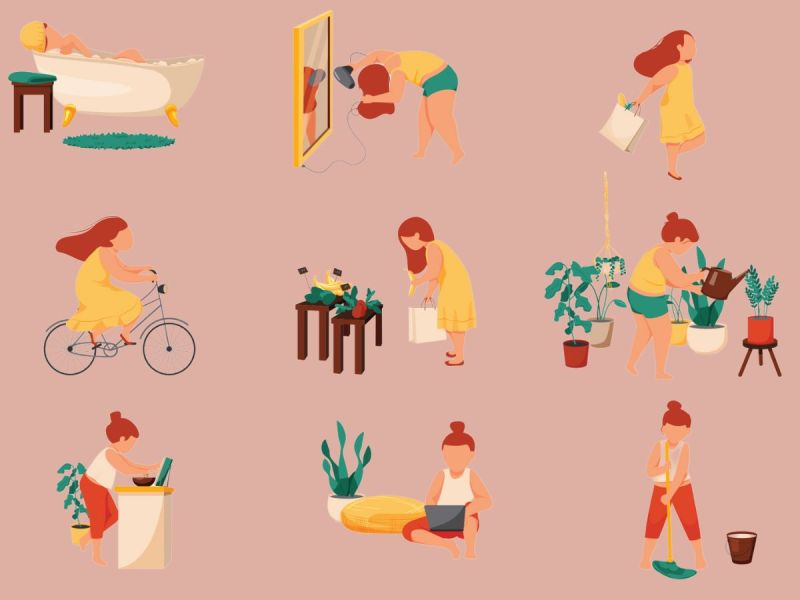If you’re like me, you find intentionally carving out time in your day for something you don’t want to do—like exercise—to be extremely difficult.
Videos by Suggest
But what if I told you just a few minutes of daily activity could lower your risk of death? A 2022 study published in Nature Medicine found that even short bursts of exercise in an otherwise sedentary lifestyle actually lowered the risk of “all-cause” mortality.
In other words, just a couple minutes of activity a few times each day can lower your risk of dying from any cause.
Over the course of seven years, Emmanuel Stamatakis, Ph.D., and his colleagues studied more than 25,000 older adults who didn’t exercise. Participants in the study cohort came from the U.K. Biobank and included 14,178 women and 11,063 men with an average age of 62.
The study was exclusive to participants who didn’t regularly exercise, meaning they didn’t have a regular fitness routine, didn’t participate in any sports, and walked recreationally no more than once a week.
Researchers found that those who engaged in what they labeled VILPA (vigorous intermittent lifestyle physical activity) three times a day (with each bout lasting one to two minutes each) “showed a 38%–40% reduction in all-cause and cancer mortality risk and a 48%–49% reduction in [cardiovascular disease] mortality risk” compared to those who engaged in no VILPA.
For reference, VILPA is defined as short, sporadic moments of “vigorous-intensity physical activity” that occur during daily life. This could be taking the stairs instead of the elevator or rushing to catch the train.
Even more exciting, these results were in line with an analysis done with participants who regularly exercise, suggesting that whether you can’t (or simply don’t want to) hit the gym, you can still reap health benefits moving where you can during the day.
That seems to be quite the return on a very small investment.
Dr. Stamatakis told MedPage Today that the research team was aware of the benefits of repeated and intermittent vigorous activity prior to the study, but that the outsized magnitude of the benefits for such little activity came as a surprise.
Time For Healthcare Professionals To Get Involved
The results of this study mean that doctors can now encourage patients to fit in small amounts of exercise throughout the day to make significant health gains.
Dr. Stamatakis noted that physical inactivity is one of the main driving forces behind the “unending pandemic of lifestyle-related chronic disease” the world is currently experiencing. He said that as a trusted source of information, healthcare systems and professionals have a key role in spreading this good news.
Unfortunately, he added that most healthcare professionals are not trained or educated to offer physical activity advice. Dr. Stamatakis also pointed out that the bar for leisure-time exercise programs has been set incredibly high because they often demand high levels of motivation, time availability, and the capacity and willingness to travel to a gym, fitness center, or park.
These study results suggest that those rigorous conditions don’t need to be met to maintain a healthy lifestyle, so healthcare professionals can take a different approach when they advocate for physical activity. They can identify opportunities that exist in their patients’ everyday life for short bursts of VILPA.
These opportunities could include maximizing your walking pace for a minute, parking farther away from your destination, carrying your bags of groceries to your car instead of using a cart, or using the stairs instead of an elevator. If this kind of behavior becomes ingrained in your everyday life, it will almost certainly result in health benefits—including lowering your risk of death.
